When curating a highly wearable and long-lasting wardrobe, investment pieces become the workhorses around which everything else revolves. They’re not just garments that wear well, age well and might even get better with use; they’re also assets that can maintain and even grow in value – the basic definition of ‘investment’. Whether it’s a vintage Hermès bag, a classic Zegna suit, a pair of Gucci sunglasses, or a smart Rolex watch, these items have a cost-per-wear case that makes them worth every penny. But before you start your search for investment-worthy pieces, there are a few things to consider:
Choose Quality Over Quantity
While it’s tempting to chase after the latest fashions on social media, ultra-trendy pieces are rarely wearable the next year. And if they’re cheaply mass-produced from synthetic fibres, they might not even make it past a few washes. For maximum longevity, select garments with simple, timeless cuts composed of high-quality, durable materials, ideally made according to an authentic craftsmanship technique or tradition. Whether it’s a luxury bag in solid leather with hand-sewn stitches, a jumper knitted from 100% sustainably sourced cashmere, or a timepiece crafted with precious metals and top-tier engineering, research the brands and labels before you make a purchase to ensure you’re getting a quality product.
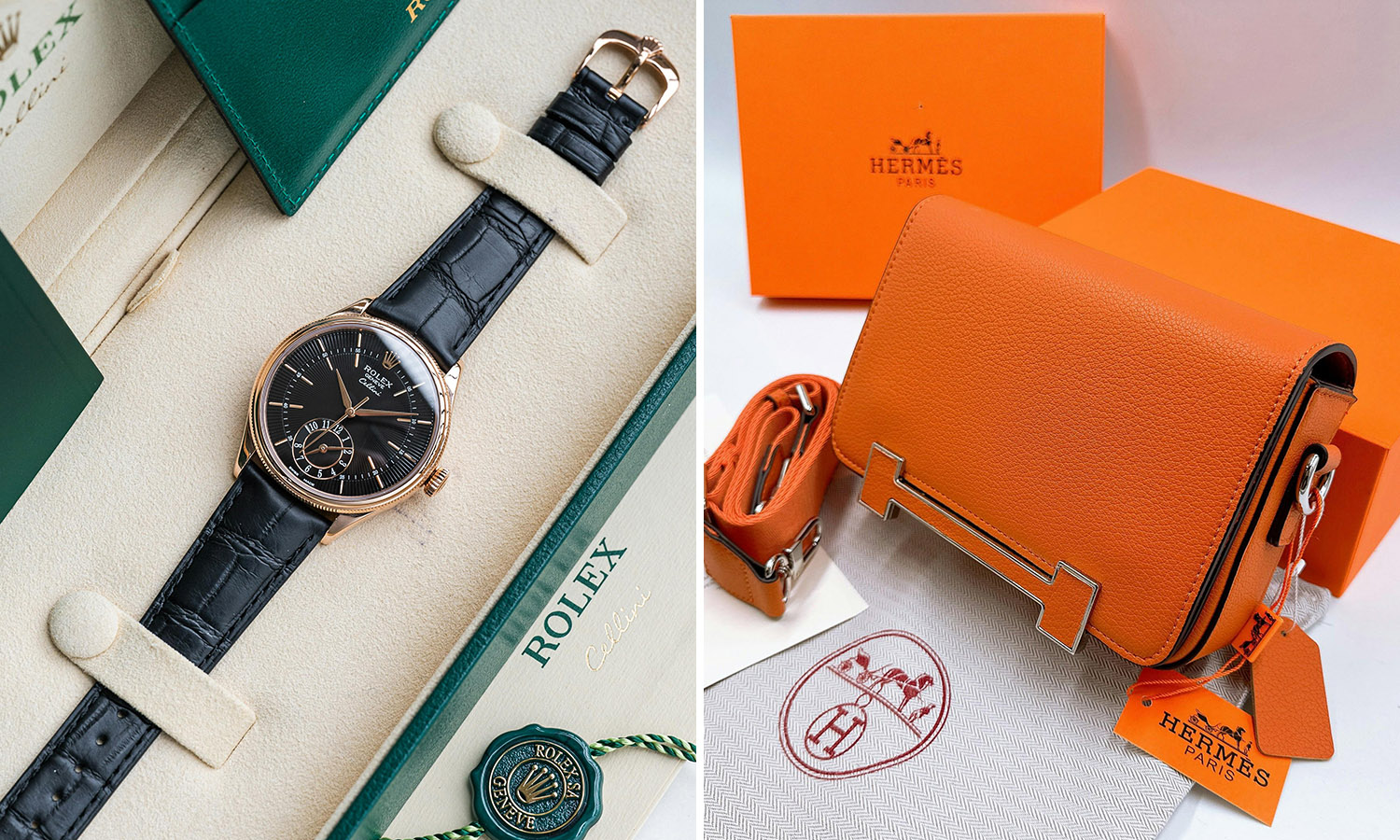
Stick To The Classics
Think about items that stand the test of time: a black suit, a leather handbag, a pair of Chelsea boots, a simple Swiss watch. These items transcend trends, because they aren’t tied to a particular moment or season; they have an ageless, universal appeal that keeps them relevant year after year. When selecting investment pieces, the idea is to opt for items that will remain desirable long after the fads of the moment have passed, perhaps even becoming an heirloom to pass down through generations. In addition to choosing classic designs, also reach for classic colours – usually dark or neutral tones like black, navy, beige, brown, grey and even burgundy – that will also enhance the longevity of an item’s appeal.
Make It Versatile
A true investment piece isn’t something that looks good but is only worn once – it’s meant to be a multifunctional staple of your wardrobe. So, besides looking for top quality and timelessness, also consider versatility. The real value of an item lies in its ability to adapt: a brown leather bag, for instance, can be styled for different occasions, different seasons and with almost any outfit. A pair of black boots, while limited to chilly weather, can complement different types of ensembles, providing enduring worth in your closet. A piece of investment jewellery should be discreet enough to elevate your everyday look, yet still distinctive enough for special occasions. The more ways you can incorporate an item, the greater its ultimate value, and the lower its cost-per-wear.
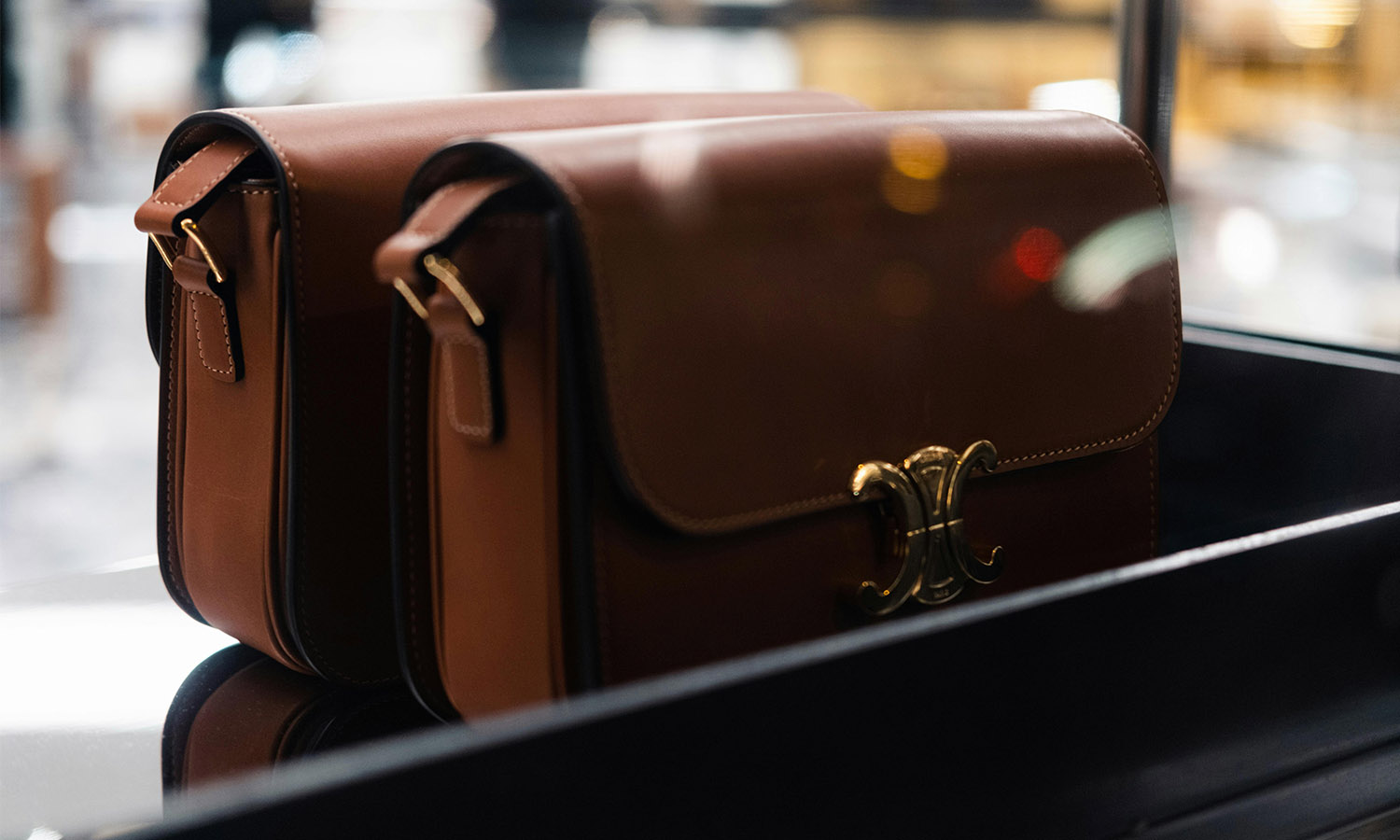
Head To The Right Source
If you’ve made the decision to invest in a forever piece, go straight to the right source – that is, reputable brands known for their craftsmanship, heritage and ability to maintain value over time. Whether it’s Burberry for chic, weather-resistant coats, Cartier for delicate gold jewellery or Christian Louboutin for a pair of red-soled stilettos, go straight to the brands that offer commitment to quality over current trends. That way, you’ll make sure your big purchase is backed by value, functionality and style, all in one.
Take The Sustainable Route
For true fashion enthusiasts, discovering iconic archival pieces and curating a wardrobe inspired by past eras is as exciting – no, even more so – than rapidly cycling through current trends. That’s what makes vintage shopping a great way to find investment pieces. Not only does buying second-hand slow the fashion industry’s harmful environmental impact, but thrift shops and consignment stores can also be a treasure trove of high-value gems in (almost) perfect condition – with a much smaller price tag.
Most large cities have a solid selection of vintage stores and boutiques where you can start your expedition. Just be sure to keep a discerning eye and take a thoughtful approach. Do your research on which items could retain or increase in value – a Kelly bag, for example – and which have a higher likelihood of standing the test of time, always checking for authenticity and well-maintained condition.
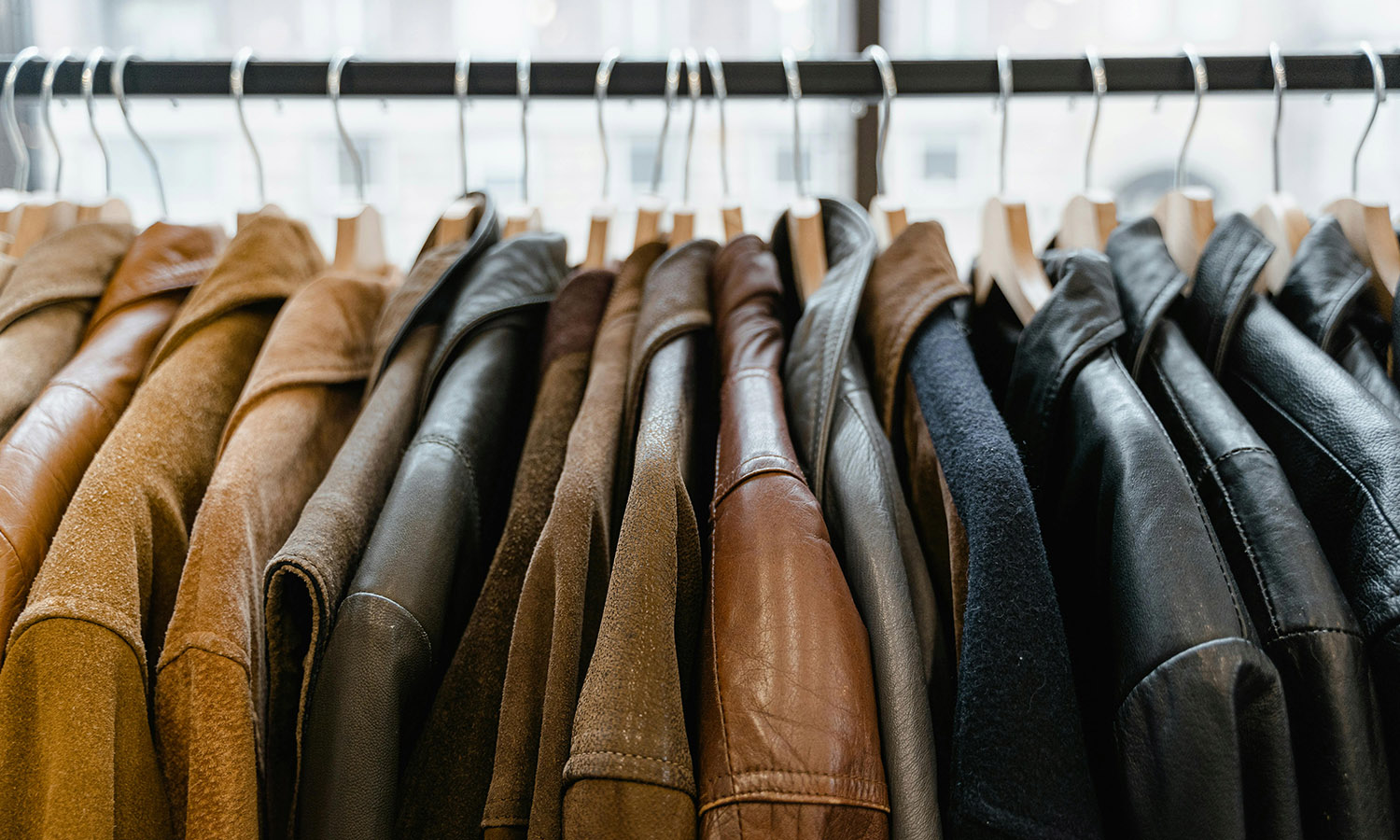
Commit To Care
You certainly won’t want to leave your expensive purchases to the moths. To keep them looking fresh and staying functional, you’ll have to give them regular maintenance. Leather goods, in particular, require conditioning to prevent them from drying out; timepieces need regular servicing and polishing, while clothing must be washed (or dry-cleaned) and stored the right way. Before buying an investment item, know how to commit to its upkeep. Will it require specific care? If it gets damaged, do you know where to take it for repair? Even if the craftsmanship and materials are of the highest quality, your commitment to care will define its future value to you and to those you might pass it onto.

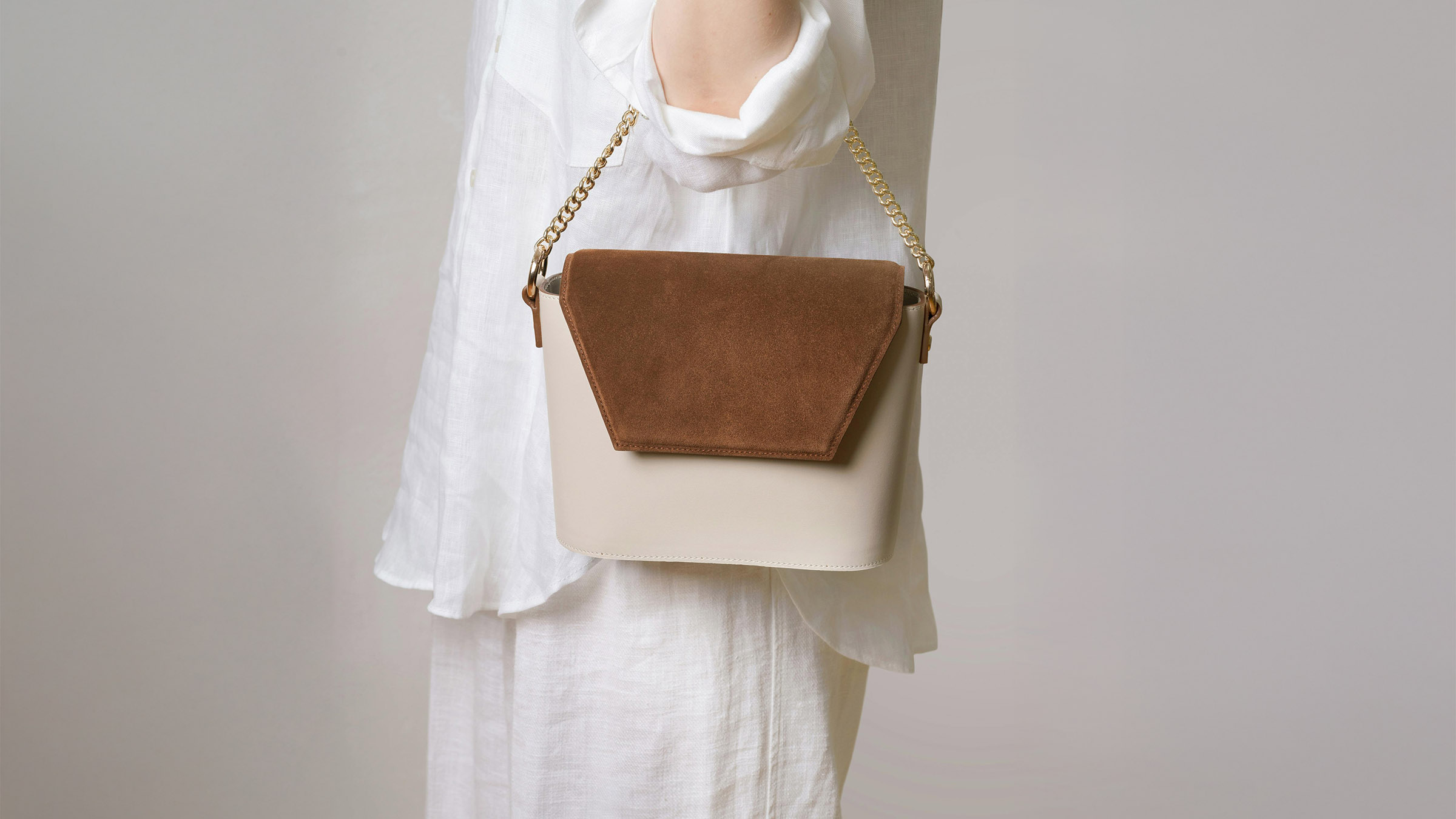
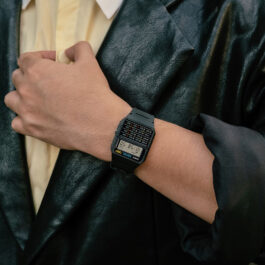
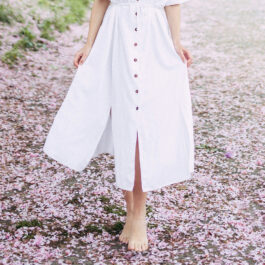
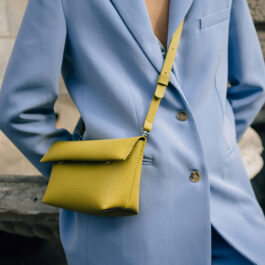
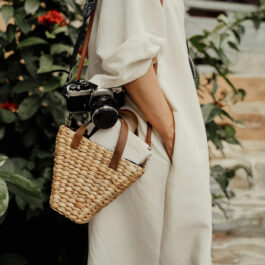

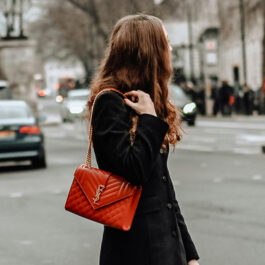
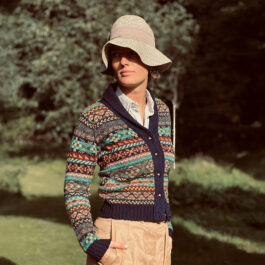


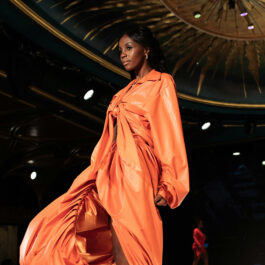
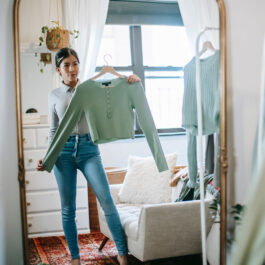
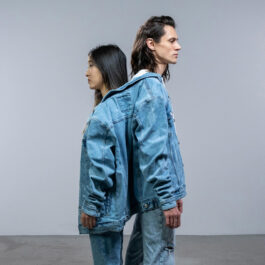
Sorry, the comment form is closed at this time.